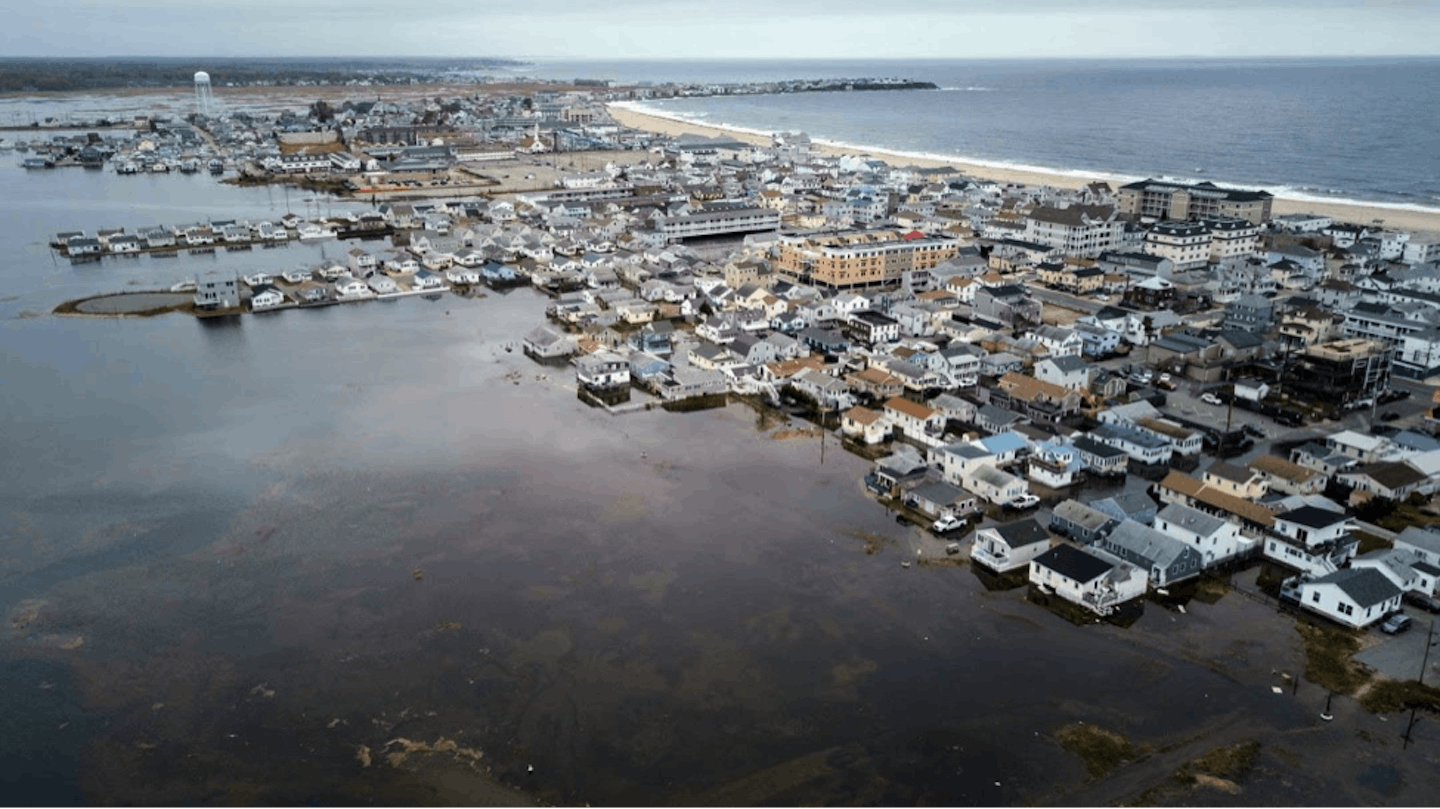What does sea level rise mean for life along the coast?
US communities are trying to recover from two catastrophic hurricanes that hit this fall—Florence, which made landfall in North Carolina, and Michael, which struck the Florida Panhandle. The powerful storm surges that accompanied both Florence and Michael were higher and able to reach farther inland because of sea level rise.
The destruction caused by storm surges is one of the most powerful glimpses we get into the ways in which sea level rise affects our coasts, and we expect hurricanes to become more intense and damaging in the future. But the slow creep of sea level rise is also making flooding during high tide more common and often more severe, even in the absence of storms.
To see what this flooding means for coastal real estate as the seas continue to rise, my colleagues and I at the Union of Concerned Scientists recently combined two existing sets of information: Data we’d published on coastal regions that are projected to experience chronic flooding, and data on existing properties provided by Zillow. We coupled this analysis with a series of interviews with market experts, and we made our results available in easy-to-navigate online maps.
When most people consider sea level rise, they tend to think of it as something we won’t have to deal with for many, many years—late in the century, perhaps—because it’s measured in mere millimeters per year. But we found that within the next 30 years, within the lifetime of a mortgage, more than 300,000 homes along the coasts of the contiguous US are at risk. Today, those homes are worth a collective $117 billion. By the end of the century, there are roughly 2.5 million homes and businesses, worth more than $1 trillion today, at risk.

In the contiguous US, roughly 311,000 existing homes are projected to be at risk of chronic inundation by 2045, and nearly 2.4 million are at risk by the end of the century. Data provided by third parties through the Zillow Transaction and Assessment Dataset (ZTRAX).
Imagine what that means for the beloved beach town of Ocean City, New Jersey, where nearly 40 percent of the community’s homes—more than 7,000 in all-- are at risk of flooding chronically within the next 30 years. Or consider Revere, Massachusetts, a working-class suburb of Boston where nearly 2,600 people are currently living in homes at risk of chronic inundation by 2045.
In Louisiana, 60 percent of the communities with homes at risk of chronic inundation in the next 30 years already struggle with high poverty rates. What does this mean for them?
In each of these cases, the declining value and increasingly unlivable condition of coastal homes will be damaging, even devastating, to homeowners. It will also have more widespread consequences, including for affected communities, lenders, investors, and taxpayers.
The prospect of hundreds of thousands of coastal homes flooding every other week and coastal economies collapsing raises the urgent need for more proactive long-term solutions.
First and foremost, we need to drastically reduce our carbon emissions, which would give us a chance of limiting future warming, ice loss, and sea level rise. That’s not the path we’re currently on, though, so while it’s a future to strive for, we also need to be preparing our communities now for the increased flood risks they likely face in the near-term.
That means using the best available science to raise awareness of the risks; aligning policy and market incentives with the realities of sea level rise to avoid more risky development choices; and investing in transformative changes that foster new frontiers of opportunity on safer ground.


